I Went For My First Iron Fitting For 5 Years… The Results Were A Complete Surprise!
Can a PING Blueprint 2024 fitting help Neil Tappin find a new level of performance? He went to the brand's European HQ to find out
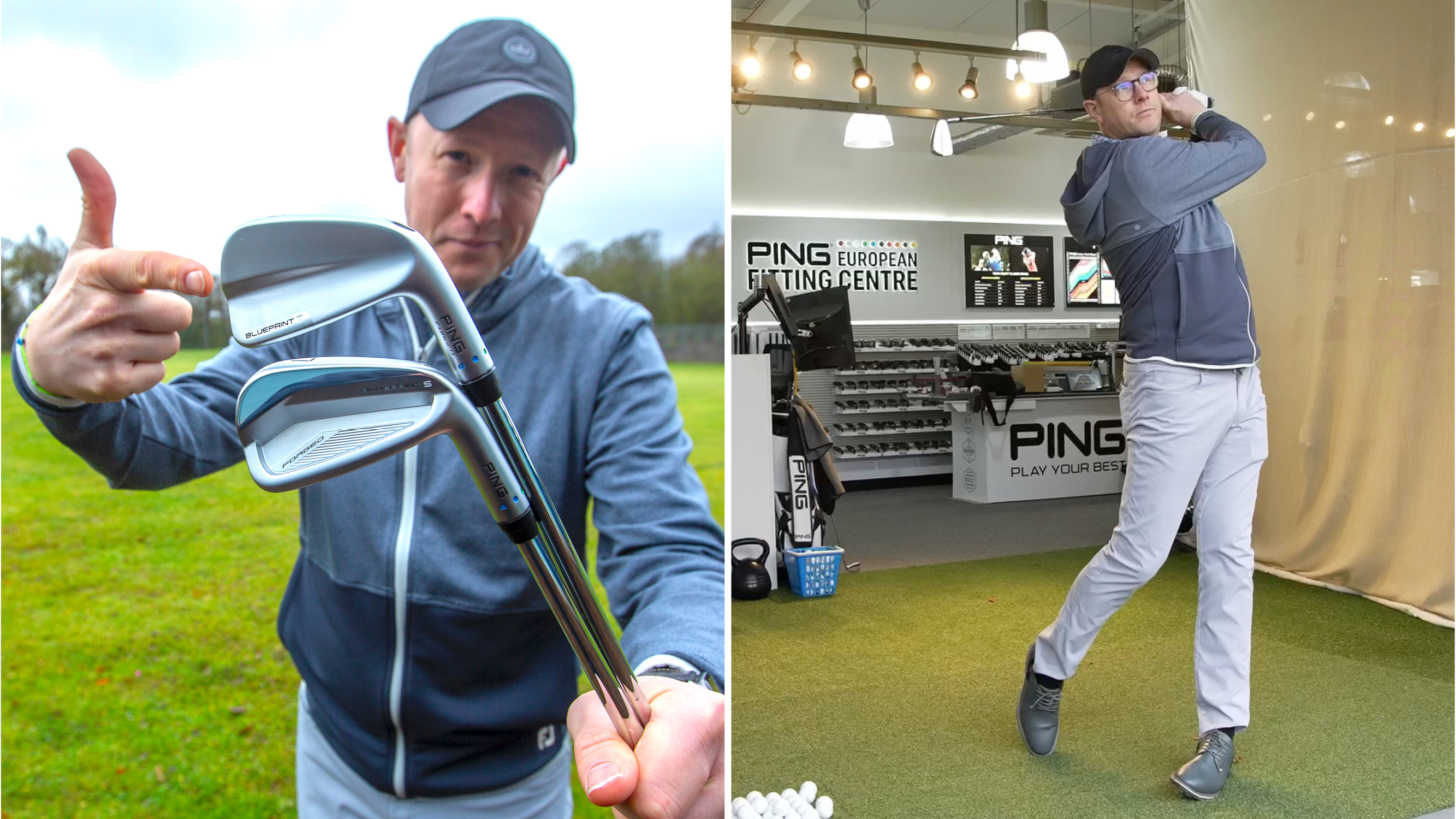
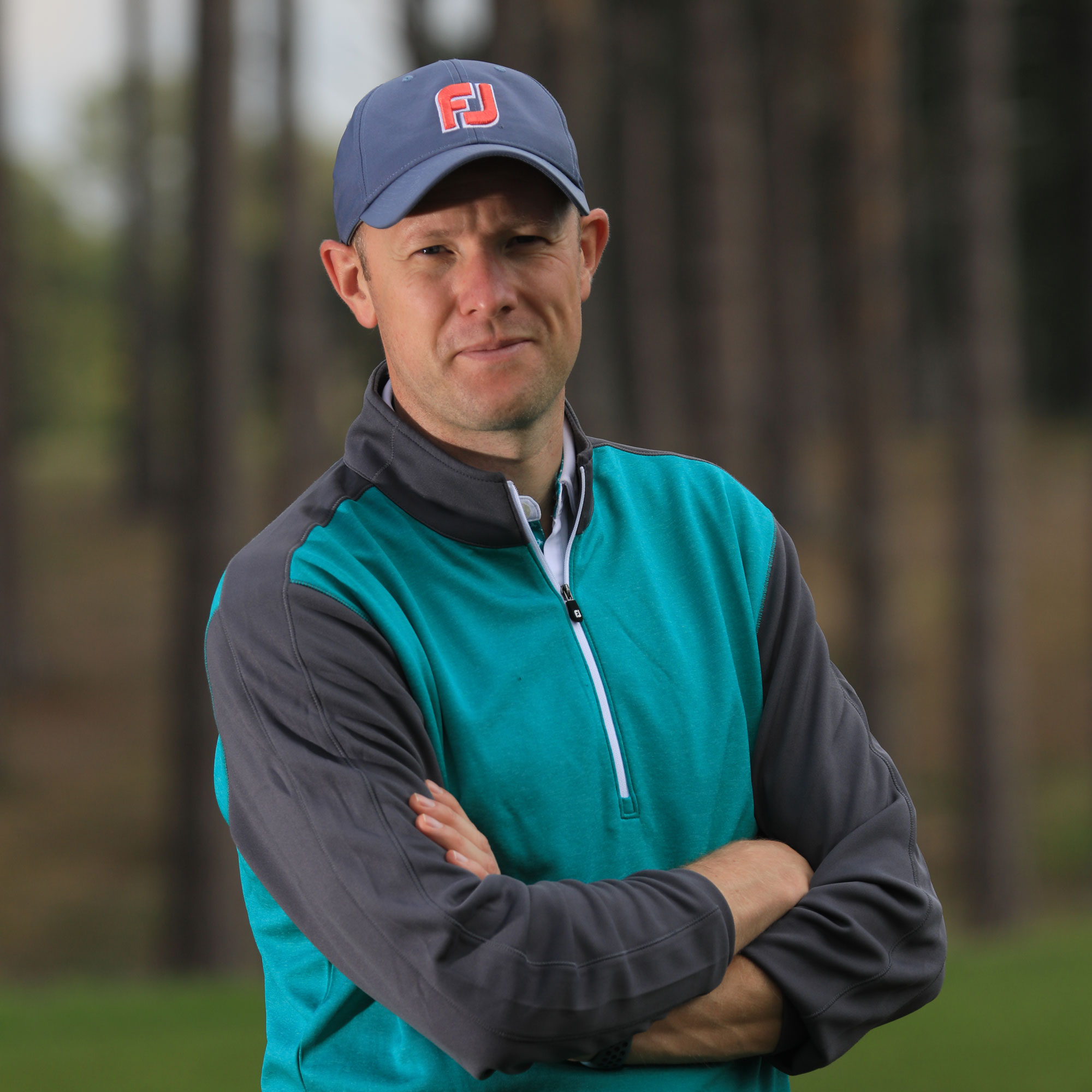
The last time I went for an iron fitting was back in 2018. Despite my ball striking usually being a strength, I remember struggling at the time and the set I opted for, was the Mizuno JPX 919 Forged. This mid-profile model offered me the mix of feel and forgiveness I was looking for and over the last couple of years, I’ve seen a significant improvement in my iron game. The Arccos data below shows how my approach play compares to the average for a 3-index golfer:
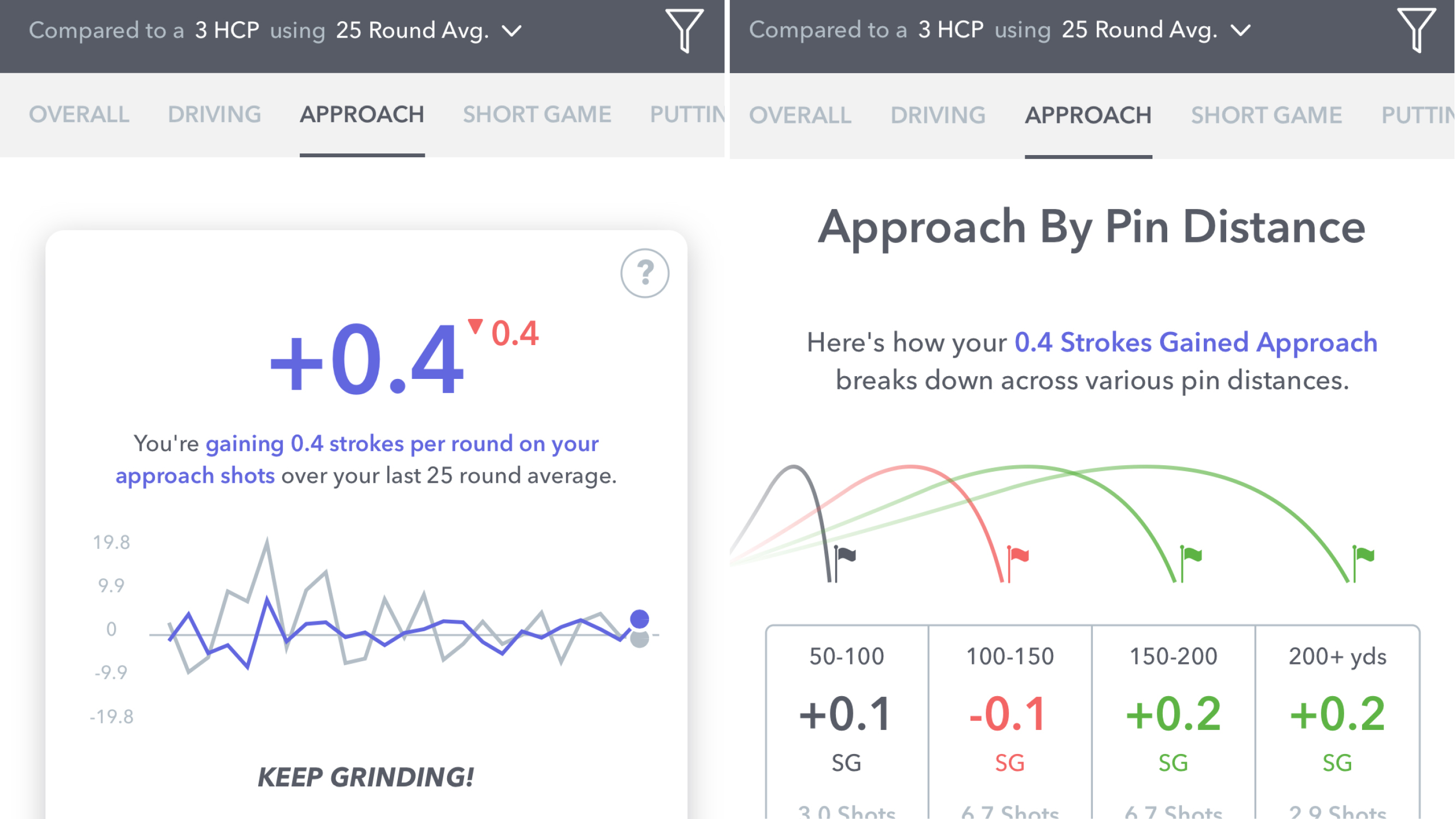
Despite the improvement, as 2024 dawned, I began to think that a change was due. Was there an iron out there that would provide me with a higher level of performance? How has the fitting process itself changed, and could this be the key to lower scores? The video and article below reveal what happened when I went to see PING for my first iron fitting in five years.
My interest was peaked when I discovered PING had updated its Blueprint offering for 2024. In particular, the brand introduced a new Blueprint S model that is a modern day take on the popular PING S55 that dates back to 2013. That S55 model was the first time I’d ever played a PING iron and I loved them.
Alongside the ‘S’ is the Blueprint T. This is as classic, slimline and blade-like as you will find anywhere in 2024 and whilst I thought I’d enjoy testing them, realistically (I’m a 3.9 index golfer), my sights were set on its’ slightly larger and more forgiving relative.
So in December I headed to PING’s European Fitting HQ at Thonock Park GC and met up with expert fitter, Billy Rymer. After a full warm-up, I hit a series of shots with my own Mizuno JPX 919 Forged 7-iron. Below you can see the launch data:
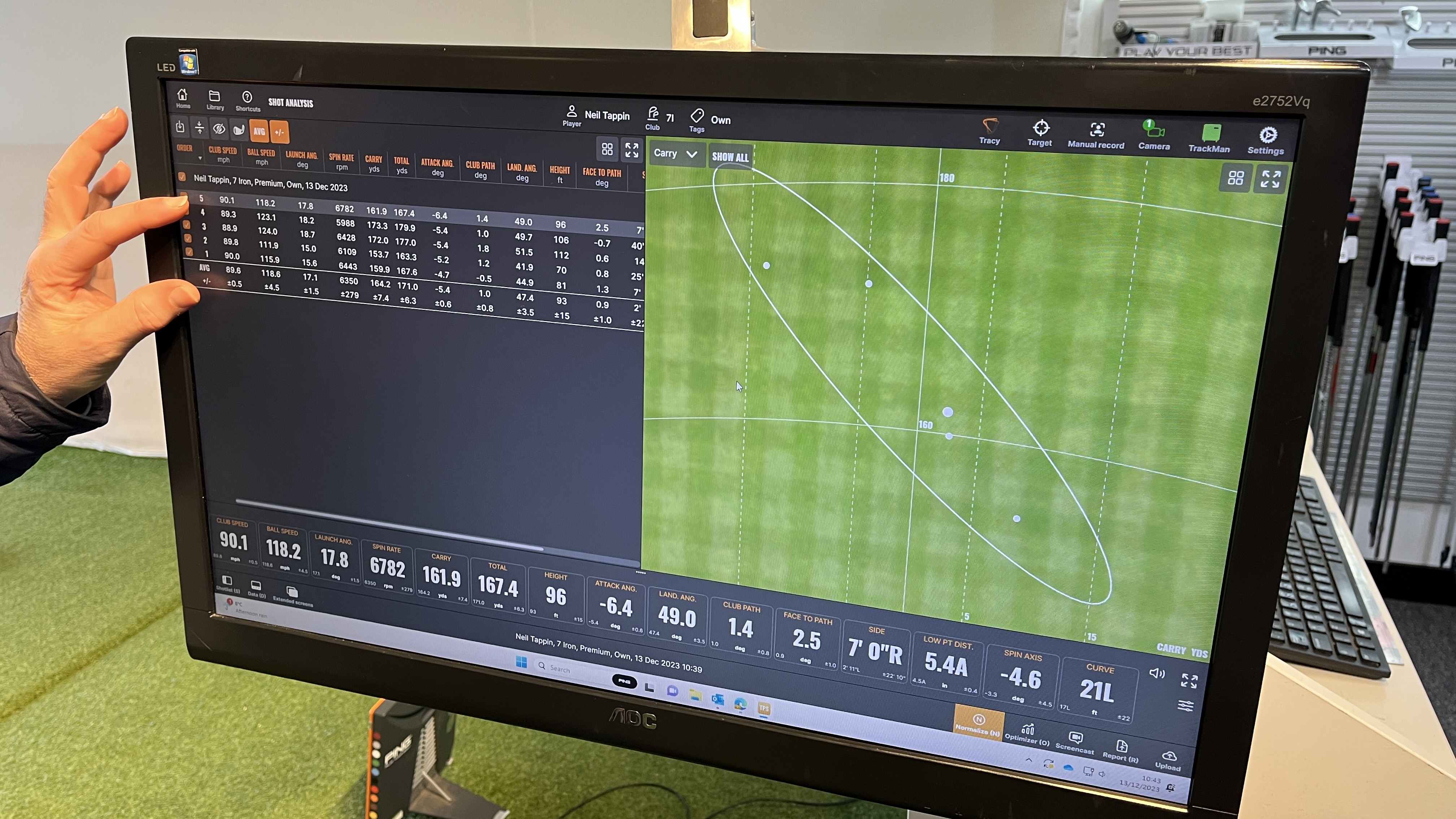
This shot pattern is indicative of my iron game. I tend to hit a lot of shots out of the bottom groove and this causes a significant drop off in distance. Interestingly, the difference in carry distance between this and my best strike was 20-yards! Unsurprisingly, as my Arccos data below shows, my most common miss is short - that’s because I often find myself clubbing for my best strike and then hitting the one that comes up short and right.
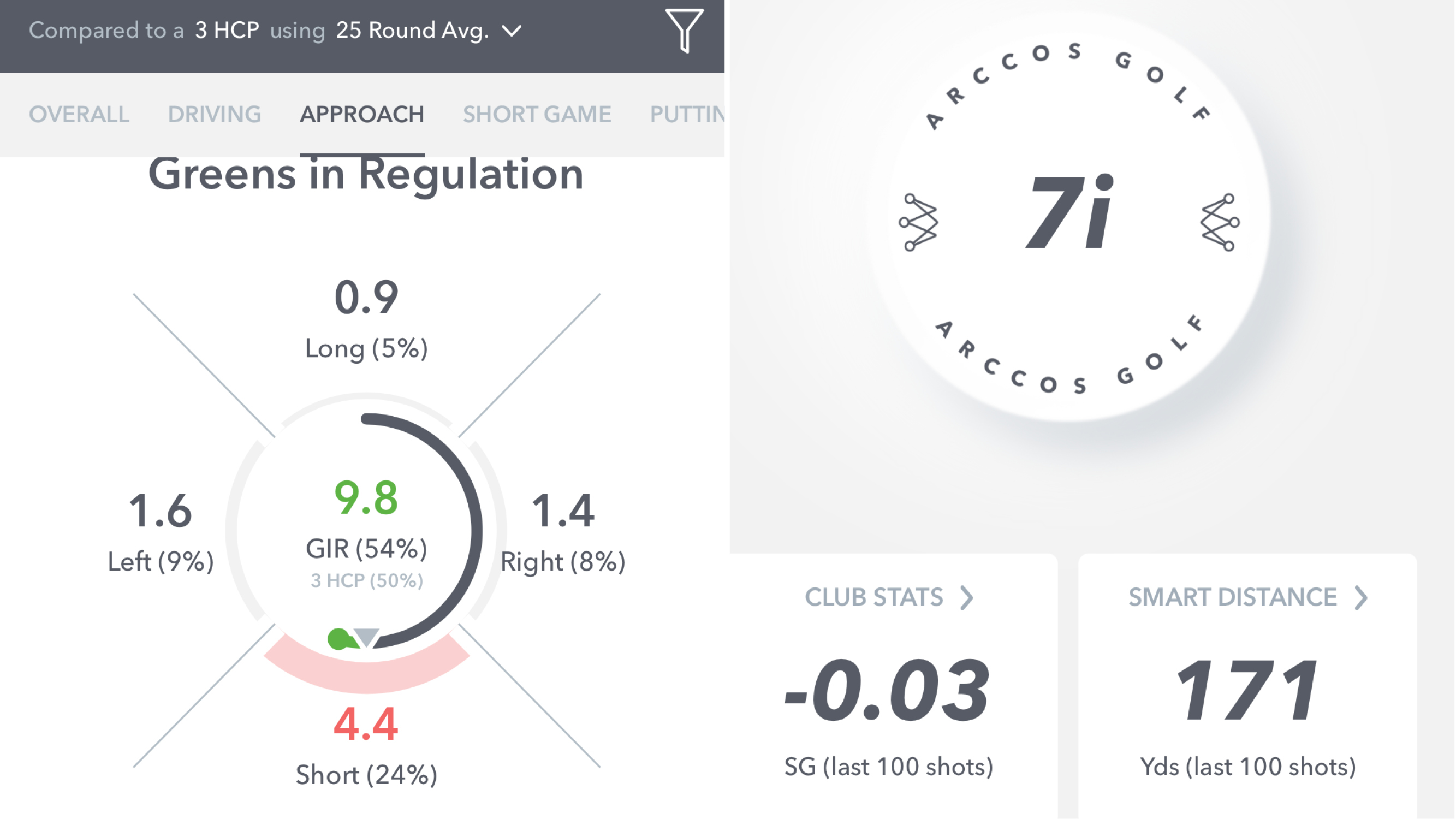
And so, the challenge was clear. Was there anything in the PING range and any setup tweaks Billy could make, that would help? As you’d expect, we started with the static measurements (height and wrist to floor). Using PING’s colour code chart, Billy immediately advised going 3˚ upright and .5in longer than standard. Whilst the length was what I was accustomed to, the lie angle was more upright - this should help guard against the ball starting too far to the right, something I often struggle with.
Get the Golf Monthly Newsletter
Subscribe to the Golf Monthly newsletter to stay up to date with all the latest tour news, equipment news, reviews, head-to-heads and buyer’s guides from our team of experienced experts.
He then matched up the shaft in my Mizuno irons with the nearest option in the PING offering. This was the Dynamic Gold X100 (a shaft I’ve used a few times in the past). Whilst we tested a range of other options, this ended up being the best fit for my swing. Below you can see how both the Blueprint S (dark blue) and the Blueprint T (light blue) compared with my Mizuno irons (white).
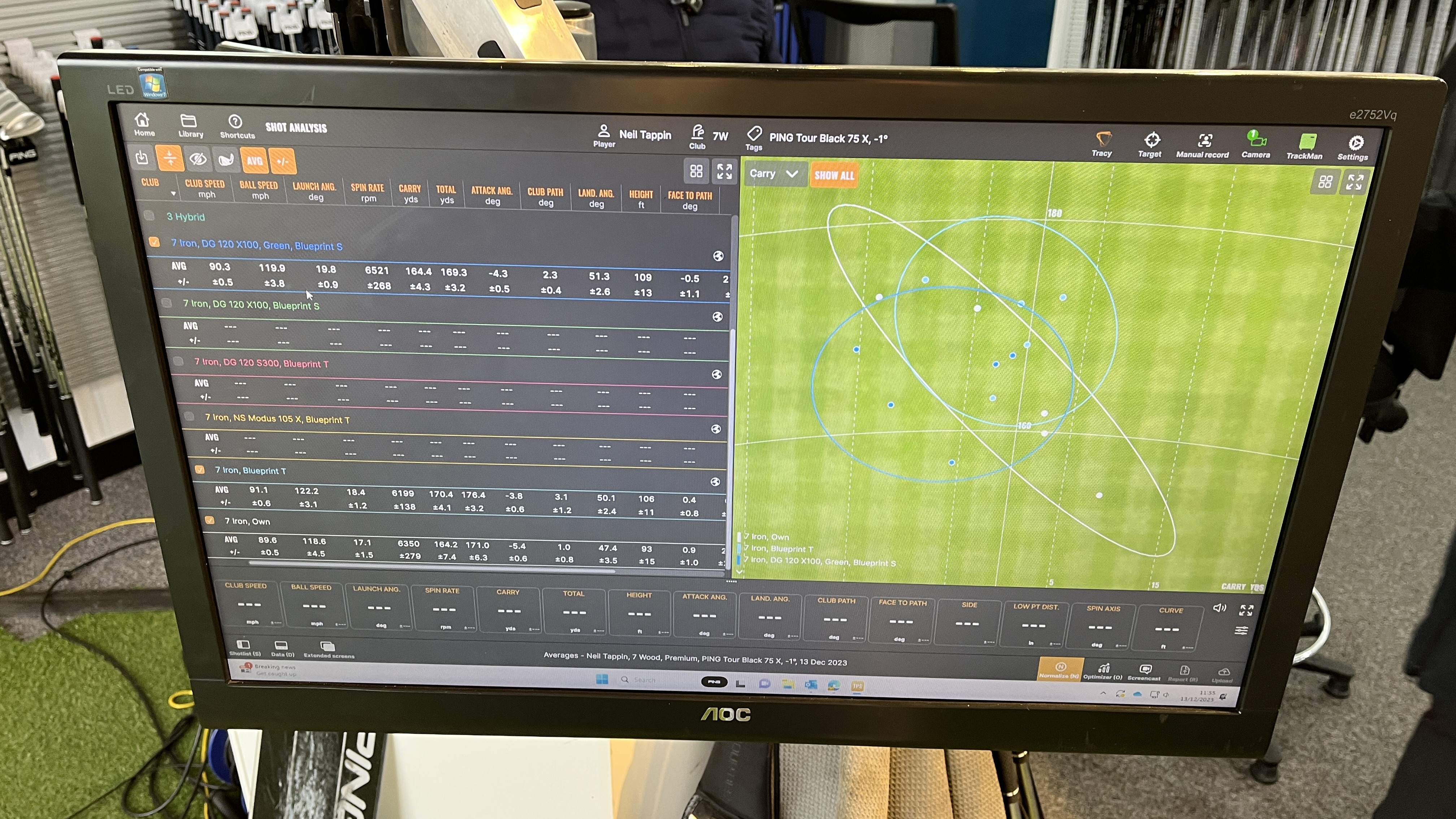
Fitting data revealed: the white circle (Mizuno JPX 919 Forged) vs PING Blueprint S (dark blue) and Blueprint T (light blue)
What’s clear is that, with both new irons the front-to-back dispersion was reduced. Surprisingly, it was the Blueprint T that performed best for me on the day. With slightly less offset, I was a little straighter and there was a slight improvement in the average distance too. The evidence was clear, Blueprint T was the way to go.
However, this is where, as the player who will ultimately be using them on the course, I needed to make a decision. It might not look it in the photographs but to my eye, the Blueprint T is significantly more compact than the S model. The topline is thinner, but more worryingly for me, the heel-to-toe blade length is shorter. Would looking down on such a compact blade at address affect my confidence?
At this point Billy and I discussed the options and we opted to replace the 4 and 5-irons with the Blueprint S to provide a more confidence-inspiring look at the top end of the bag, as well as some additional forgiveness. PING's co-pilot fitting technology was able to project my club-by-club carry distances with this set composition.
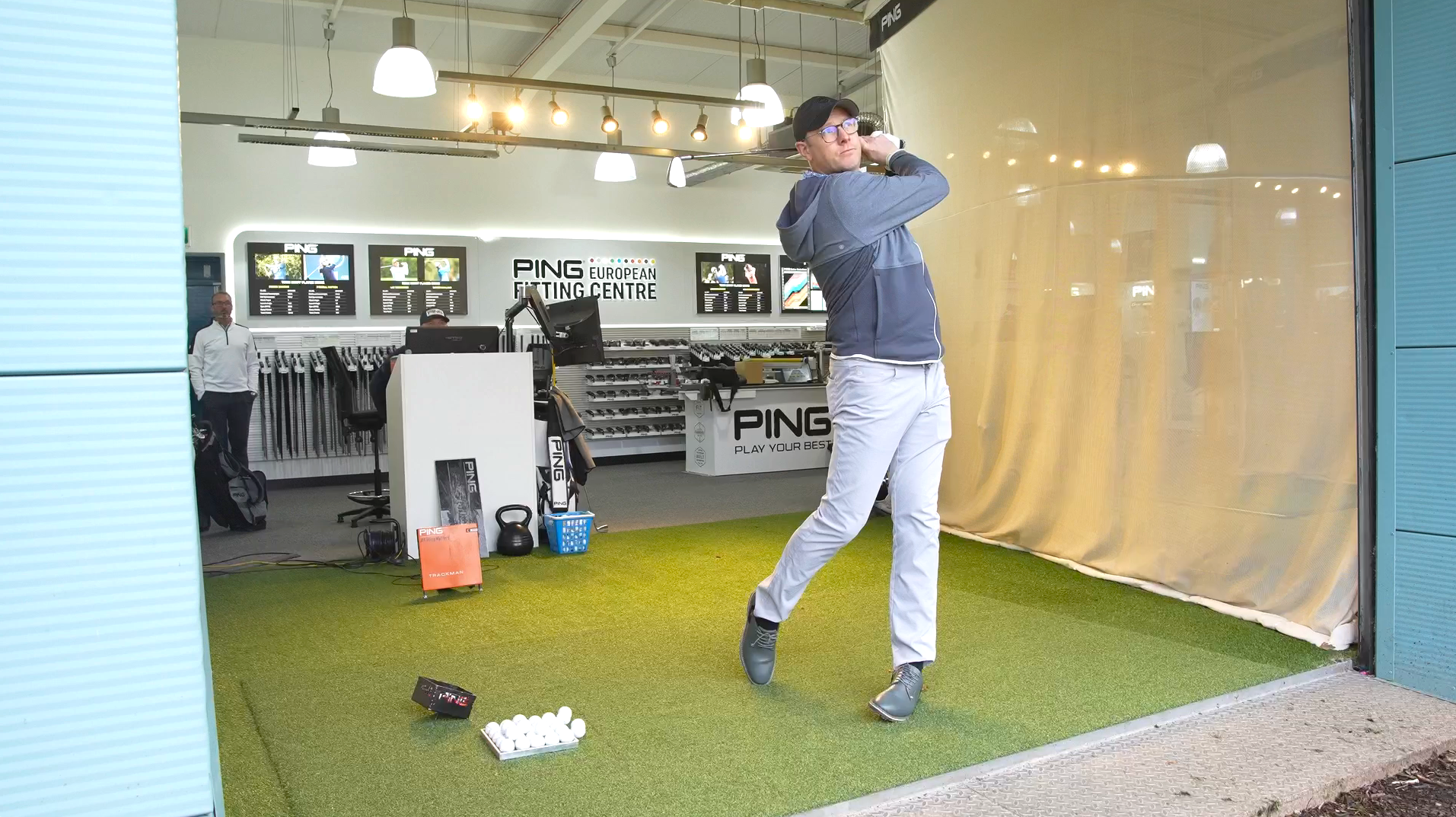
PING Blueprint 2024 Fitting Verdict
Having not been through an iron fitting for 5 years, it was enlightening to see how some new processes have improved the experience. In particular, Billy’s use of the PING co-pilot was fascinating. This helped us get to the right options faster and from there, Billy made smaller adjustments to see the affect on performance.
Interestingly, there is a ‘strokes gained’ metric on PING’s co-pilot that was predicting Blueprint T would save me 3.5 shots per round. Honestly, I think that’s slightly wishful thinking but if true, would get my handicap down towards scratch... which would be a massive personal milestone!
The end result was a true surprise but, as the Arccos data showed, my biggest opportunity for improvement was to tighten up my distance control. The Blueprint T was the clear winner. Moving into a more compact blade might take some adjustment but I now have a stunning set of golf clubs that I know are dialled in to help my own specific requirements. I can’t wait to see where they take me.

In July 2023, Neil became just the 9th editor in Golf Monthly's 112-year history. Originally working with the best coaches in the UK to produce instruction content, he has also presented many Golf Monthly videos looking at all areas of the game from Tour player interviews to the rules of golf.
Throughout his time with the brand he has also covered equipment launches that date back well over a decade. He clearly remembers the launch of the Callaway and Nike square drivers as well as the white TaylorMade driver families, such as the RocketBallz! If you take a look at the Golf Monthly YouTube channel, you'll see his equipment videos dating back over a decade! He has also conducted 'What's In The Bag' interviews with many of the game's best players like Rory McIlroy, Dustin Johnson and Jon Rahm. Over the years, Neil has tested a vast array of products in each category and at drastically different price-points.
Neil is currently playing: Driver: TaylorMade Stealth Plus Fairway Wood: Titleist TSR2 Hybrid: Titleist TS3 Irons: PING Blueprint S (4&5), PING Blueprint T (6-PW) Wedges: Titleist Vokey SM7 50˚, 54˚, 60˚ Putter: Odyssey Triple Track Ten Ball: Titleist Pro V1X
-
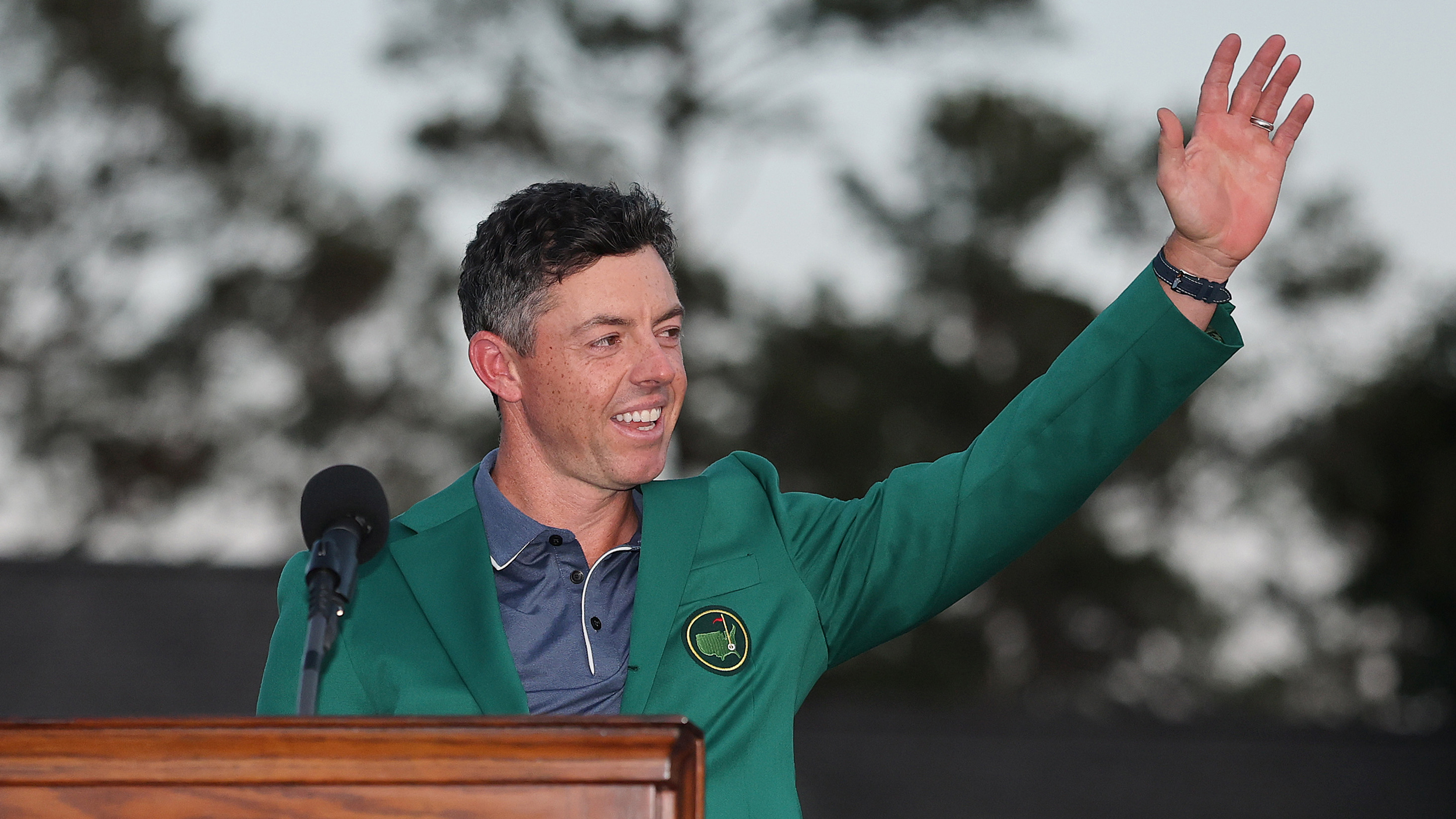 Rory 2.0 Was Born At The 2025 Masters... McIlroy Is Now Free Of His 11-Year Major Burden
Rory 2.0 Was Born At The 2025 Masters... McIlroy Is Now Free Of His 11-Year Major BurdenThe Northern Irishman dug deeper than he ever had to get over the line and finally seal the missing green jacket to his career grand slam puzzle
By Elliott Heath Published
-
 Rory McIlroy Wins The Masters In Playoff To Complete Career Grand Slam
Rory McIlroy Wins The Masters In Playoff To Complete Career Grand SlamThe Northern Irishman battled past Ryder Cup teammate, Justin Rose to finally seal his first Masters title and become the sixth man to win all four men's Majors
By Jonny Leighfield Published
-
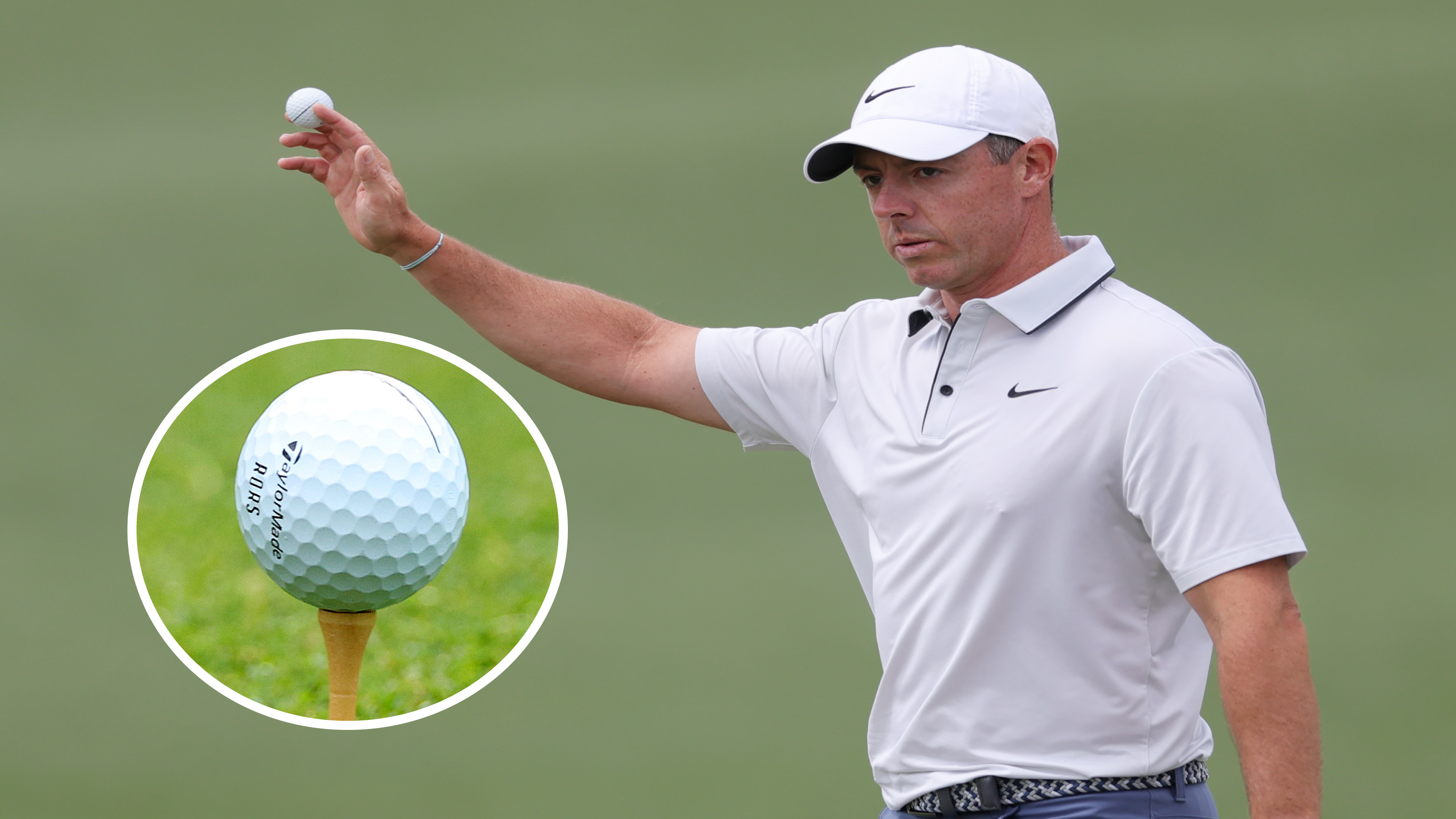 Could This 'Stumbled Upon' Equipment Switch Finally Land Rory McIlroy the Grand Slam?
Could This 'Stumbled Upon' Equipment Switch Finally Land Rory McIlroy the Grand Slam?Rory McIlroy made a golf ball change earlier this season that has reignited his wedge play and it could be about to pay off in the most dramatic possible way…
By Joe Ferguson Published
-
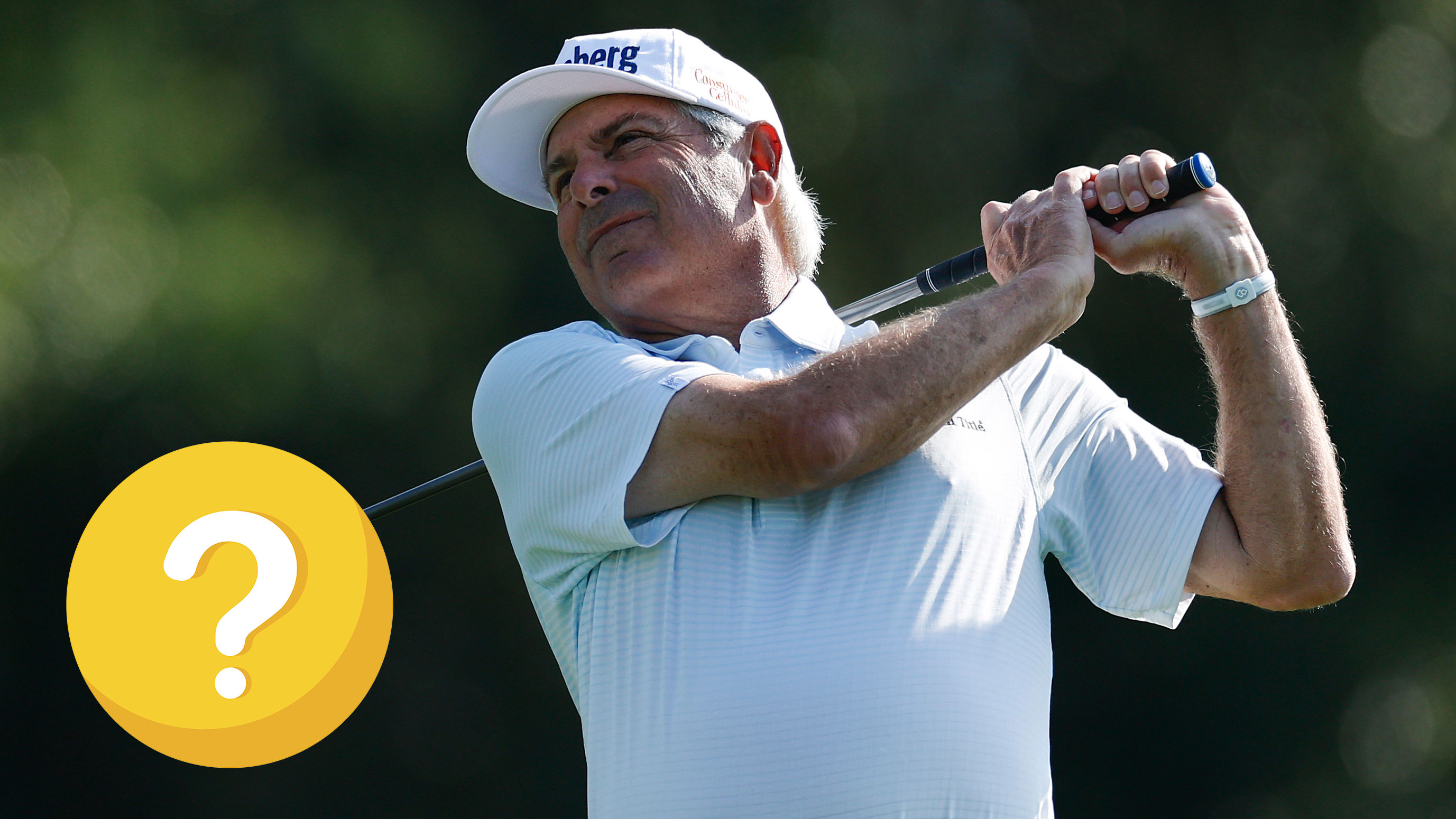 Real Players Use Long Irons, Right? Well, Fred Couples Nearly Made The Cut At The Masters At 65 Years Old, And His Longest Iron Is A…
Real Players Use Long Irons, Right? Well, Fred Couples Nearly Made The Cut At The Masters At 65 Years Old, And His Longest Iron Is A…Both Couples and Bernhard Langer turned back the clock brilliantly over the first two days at Augusta National and did so with some interesting bag setups.
By Joe Ferguson Published
-
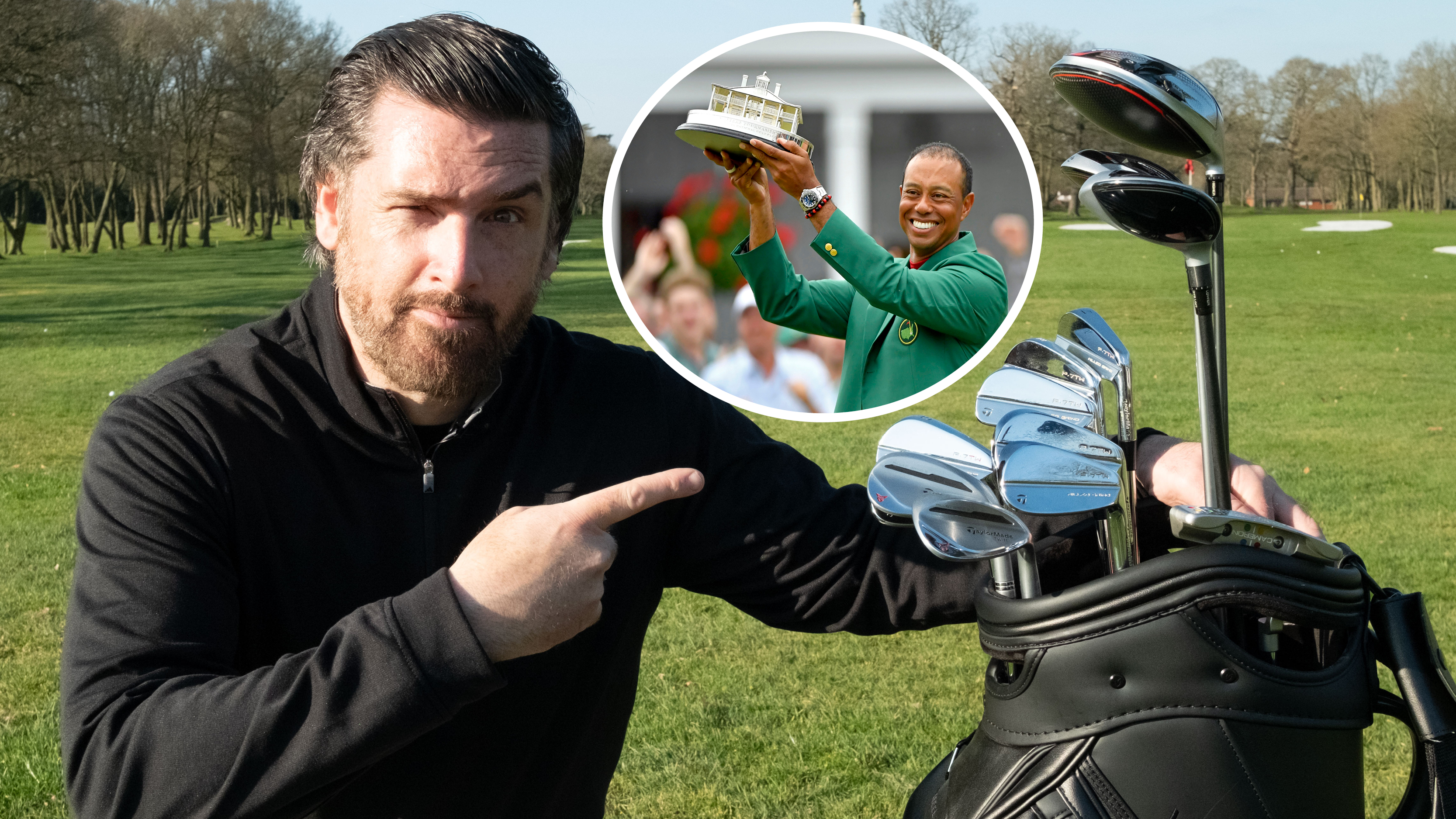 I Built Tiger Woods’ 2019 Masters Winning Bag From The Second-Hand Market!
I Built Tiger Woods’ 2019 Masters Winning Bag From The Second-Hand Market!PGA Professional Joe Ferguson has been taking a deep dive into Tiger’s bag for arguably the greatest victory of his career…
By Joe Ferguson Published
-
 How Titleist 'Used Every Tool In The Toolbox' To Enhance The New Pro V1 And Pro V1x Golf Balls
How Titleist 'Used Every Tool In The Toolbox' To Enhance The New Pro V1 And Pro V1x Golf BallsAfter months of testing and tour validation the new Titleist Pro V1 and Pro V1x golf balls are set to launch, but what's new? We explain all
By Sam De'Ath Published
-
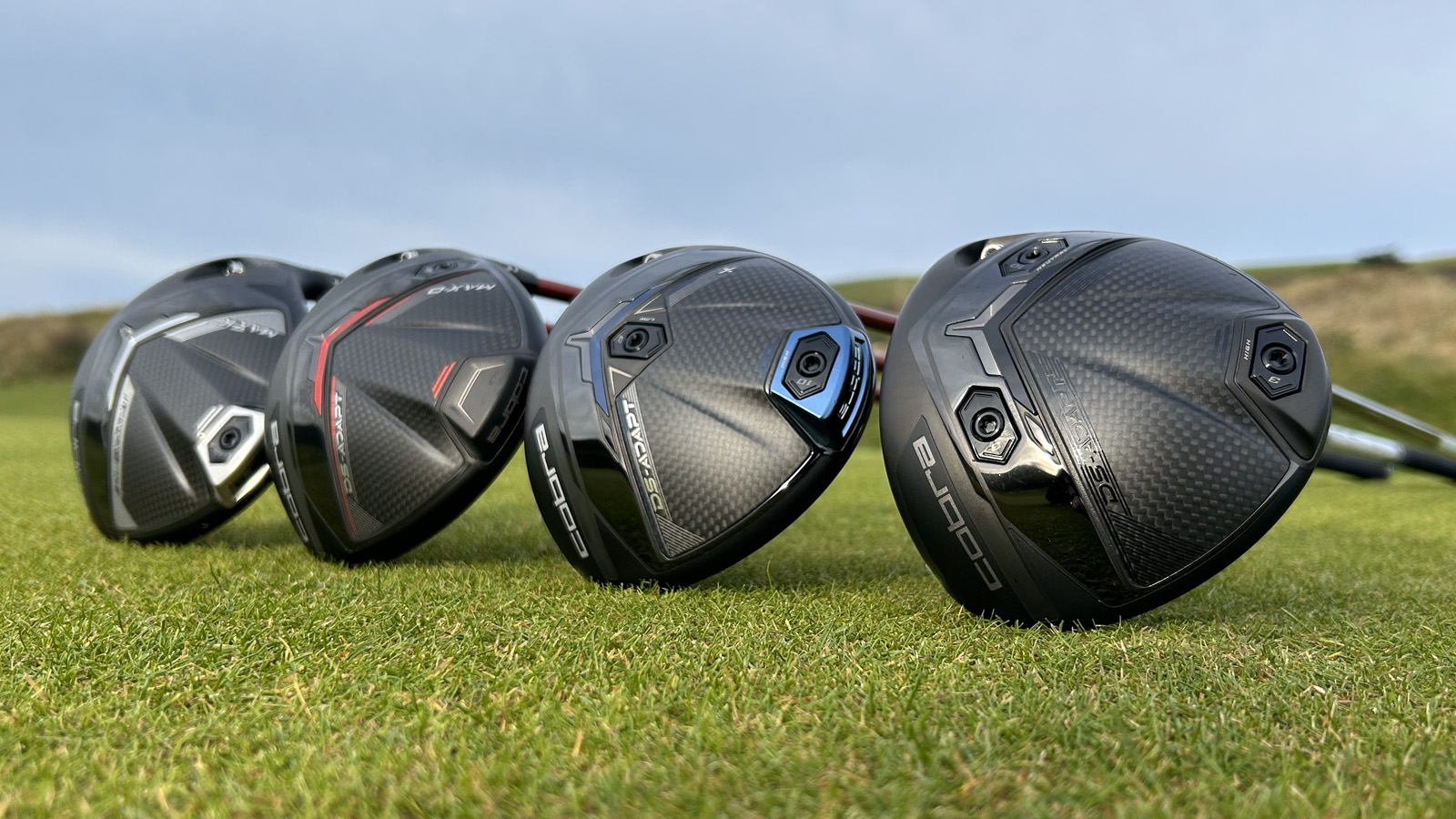 How The New Cobra DS-ADAPT Range Looks To Have Changed Driver Fitting Forever
How The New Cobra DS-ADAPT Range Looks To Have Changed Driver Fitting ForeverWith a revolutionary hosel design and refined aerodynamics, the Cobra DS-ADAPT may just become the standout driver in 2025
By Sam De'Ath Published
-
 £39 Vs £169 Wedge Test... Surprising Results!
£39 Vs £169 Wedge Test... Surprising Results!In his latest Retro Review, Joe Ferguson sees if the original Vokey wedge picked up for just £39 can compete with the modern equivalent four times the price
By Joe Ferguson Published
-
 7 Useful Golf Rangefinder Features You Never Knew About
7 Useful Golf Rangefinder Features You Never Knew AboutThink you know everything a rangefinder can do? Think again. We've got seven of the best features currently available on the best modern rangefinders
By Dan Parker Published
-
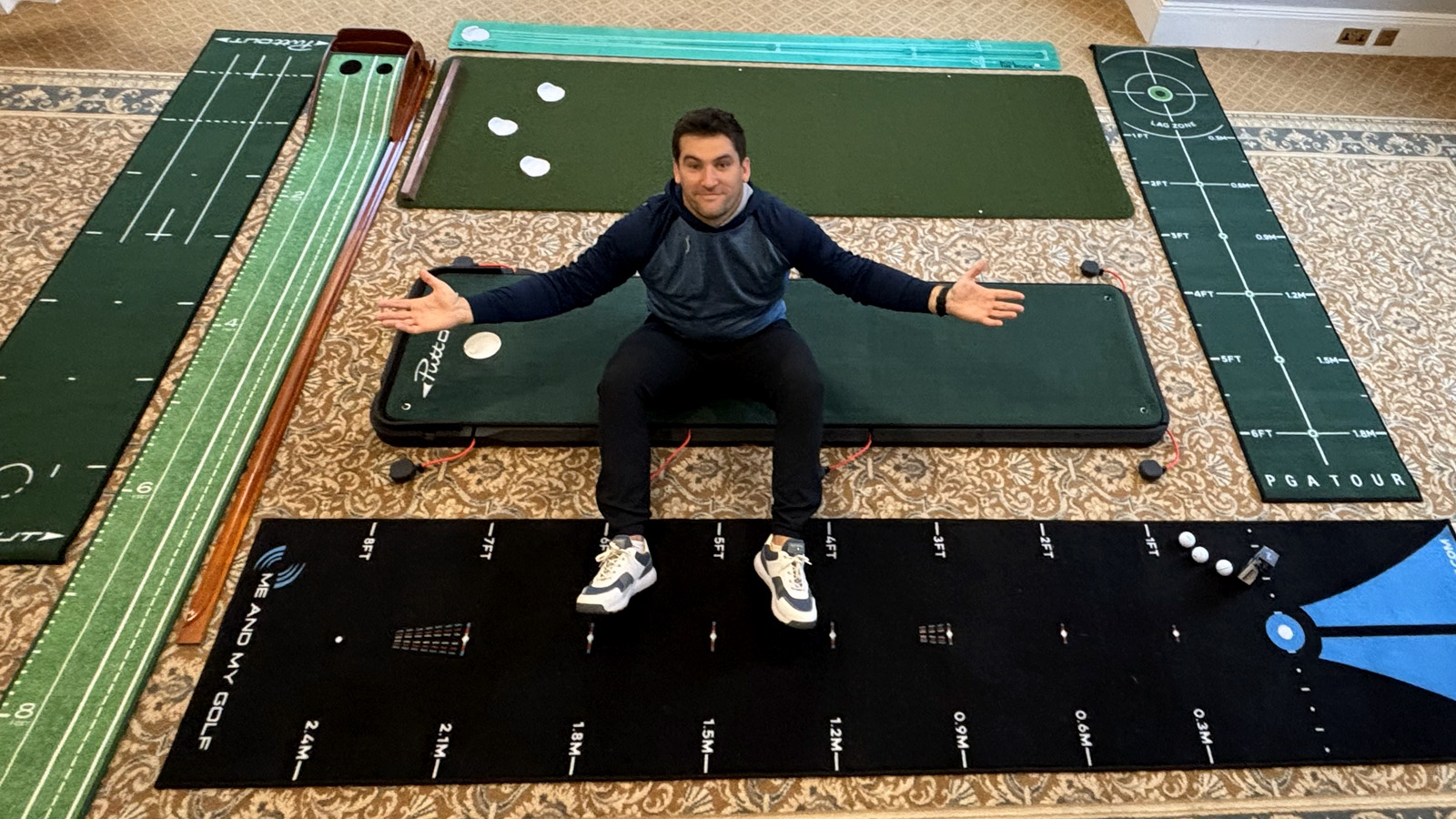 Do Putting Mats Help Improve Your Putting?
Do Putting Mats Help Improve Your Putting?Former professional golfer Sam De’Ath sheds light on whether or not a home putting mat can help improve your performance on the greens
By Sam De'Ath Published